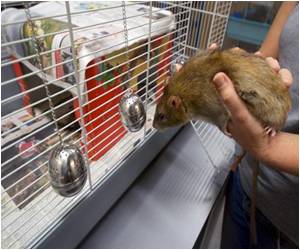
The subsequent training is essential to sift out and stabilize the key neural circuits for the recovery of the motor functions. For instance, an automatic, computer-based analysis of the anatomical data from the imaging revealed that new fibers in the spinal cord sprouted in another pattern depending on the course of treatment. By reversibly deactivating the new nerve fibers that grow, the neurobiologists were ultimately able to demonstrate for the first time that a group of these fibers is essential for the recovery of the motor function observed: Nerve fibers that grew into the spinal cord from the intact front half of the brain – changing sides – can reconnect the spinal cord circuits of the rats' paralyzed limbs to the brain, enabling the animals to grip again.
"Our study reveals how important a meticulous therapeutic design is for the most successful rehabilitation possible," sums up study head Martin Schwab. "The brain has enormous potential for the reorganization and reestablishment of its functions. With the right therapies at the right time, this can be increased in a targeted fashion."
Source-Eurekalert









